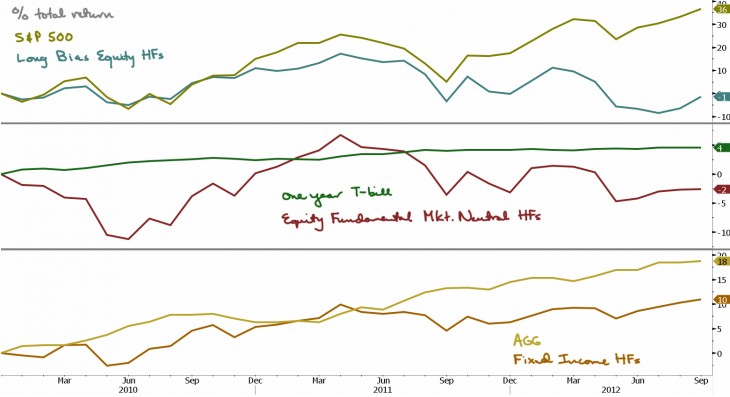In May, positive developments in the US housing market have raised questions about whether the U.S. Federal Reserve will start reducing its monetary stimulus. Despite the strong home prices, housing stocks in my portfolio (PHM) and (LEN) recorded some price decreases following the increases in long-term interest rates.
I do not believe that the positive developments in the housing market are strong enough to reduce the monetary stimulus just yet. First of all, the data show that new housing starts are still below of what they used to be in 2005.
One can hardly start talking about a real estate bubble. Furthermore, thanks to the low oil prices, inflation is still very low. The purchasing manager index has been trending down in the last two months.
There is an ongoing recovery in the economy, but I believe this is still too fragile to stop the financial stimulus yet. The debate is now about the extent of tapering, and we are less convinced about an early Fed move. Inflation has been trending lower recently; in April, inflation grew at 0.7% reaching the lowest reading since 2009.
As far as the metal prices are concerned, subdued inflation expectations have led to underperformance of the gold (EGO) and silver stocks (SLW) in my portfolio. However, I continue to expect that their inflation-hedging potential may come into play later in the year, especially if Fed does not taper its quantitative easing.
The recovery in the US seems to be consumer driven, despite the lack of significant increases in real incomes. The consumer confidence index is strong and homeowners seem to enjoy the positive equity effect of increasing house prices.
In addition, oil prices remain low, fuelled by the sluggish global economy and increasing US supply. In my opinion, all these factors may stimulate the consumer demand for new autos.
In May, therefore, I sold AutoZone (AZO) just after it was announced that the company’s earnings beat earnings expectations. I believe that this stock has already reached its fair value and with the improvements in the US economy and there is not much upside left, as better consumer confidence is expected to increase the demand for new cars, reducing the demand for car repairs and reducing future revenue growth for this company.
One encouraging sign in the economy that does not seem to get much coverage is the reduction in bank-loan delinquency rates. In the last quarter these rates were as low as 1%, the lowest in the past 25 years.
The fall in these rates is an indication that the monetary stimulus program has been so far successful despite some mixed economic data in the first week of June. I believe that these developments should benefit banking stocks. Therefore, I continue to believe that I will see further upside with stocks such as Bank of America (BAC).
In May I added First Solar (FSLR) to the portfolio. I believe this stock may perform well in the mid-to long-term time period. Furthermore, the latest tariff imposition by the EU on Chinese solar imports, albeit lower than expected, should benefit FSLR.
The investments discussed are held in client accounts as of May 31, 2013. These investments may or may not be currently held in client accounts. The reader should not assume that any investments identified were or will be profitable or that any investment recommendations or investment decisions we make in the future will be profitable.



